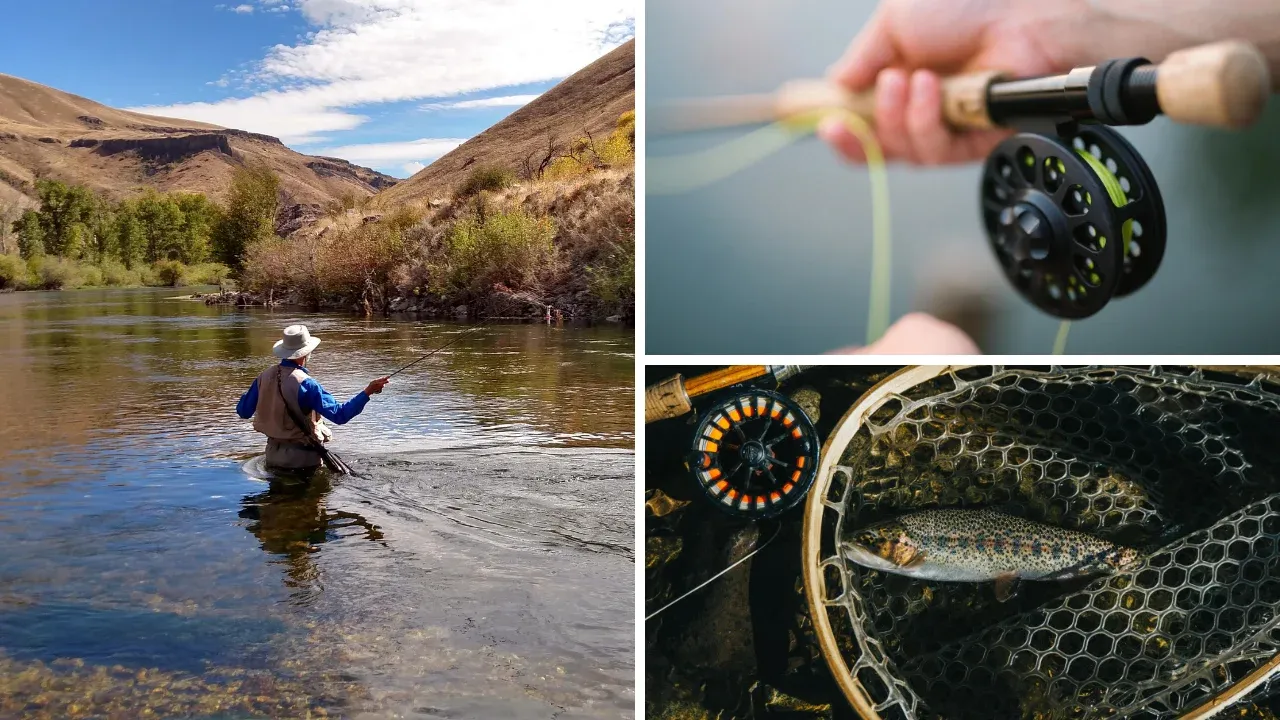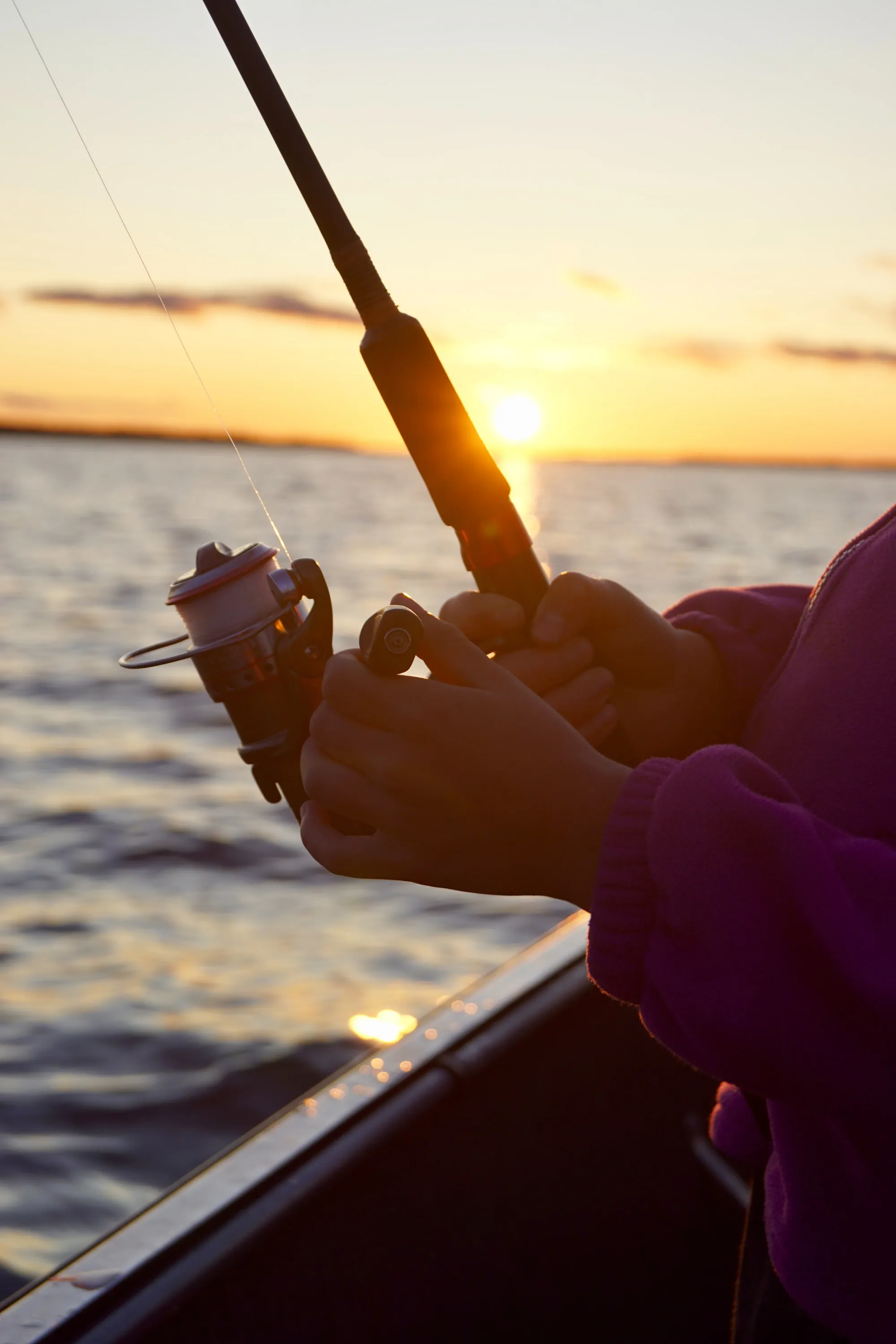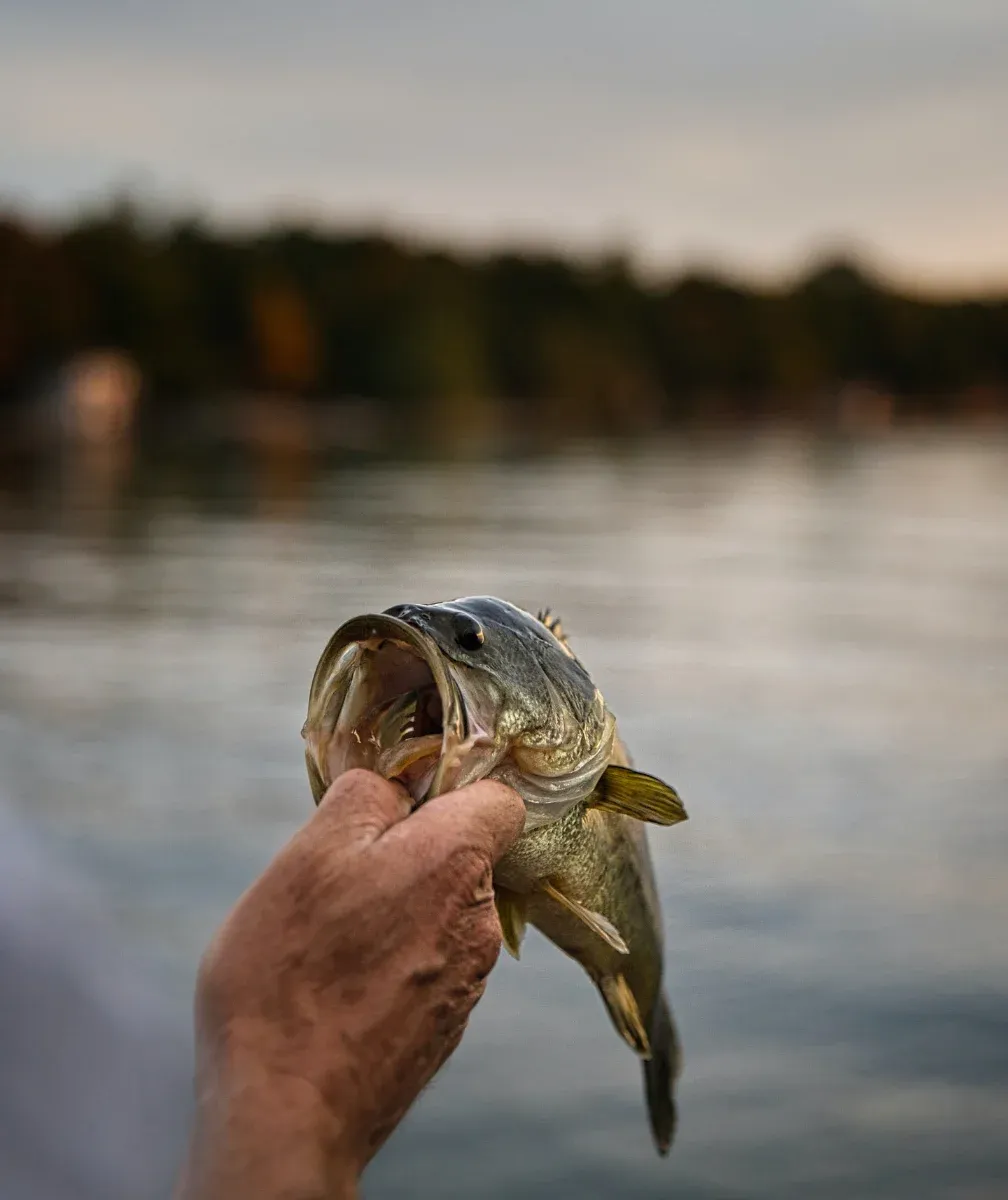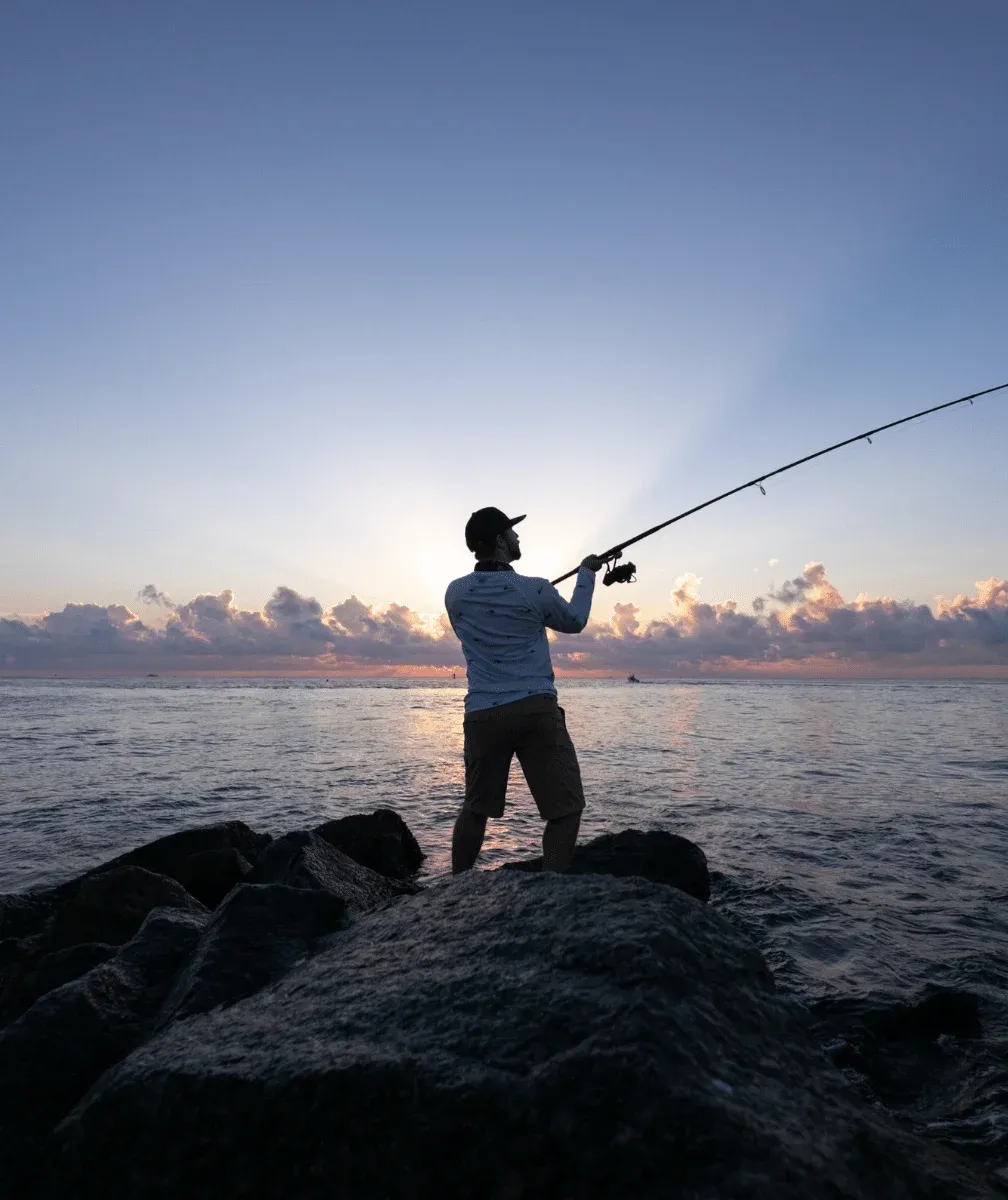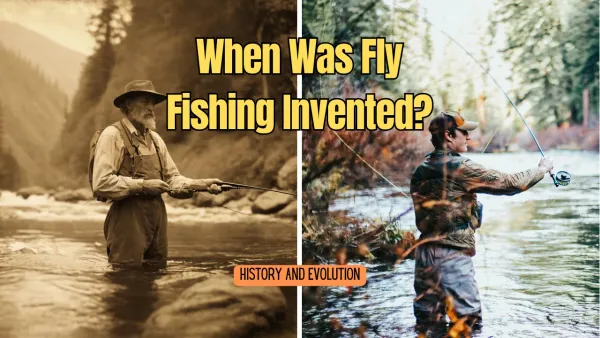If you’re new to fishing, choosing the right fishing rod can be a daunting task.
Don’t worry – we’re here to help! In this article, we will discuss the basics of choosing a fishing rod and provide some tips for beginners.
Fishing can be a fun and exciting hobby, and it’s definitely a great way to get outdoors and enjoy nature. Once you have chosen the right fishing rod for you, all that’s left is to get out there and start fishing!
Read on to learn more about choosing a fishing rod.
The Four Most Important Things to Consider
It can be tricky to know where to start when choosing a fishing rod. However, if you consider the four main factors of rod length, material, action, and power, you'll be well on your way to finding the perfect rod for your needs.
Rod length is important because it affects the reach of your casts and the amount of line you can easily manage. Material is another key consideration, as different materials have different weight and strength properties. Action refers to the flexibility of the rod, and affects both casting ability and fish-fighting performance. Finally, power is a measure of the rod's strength and determines what kind of fish you'll be able to target.
By taking all of these factors into account, you can find a fishing rod that's just right for you.
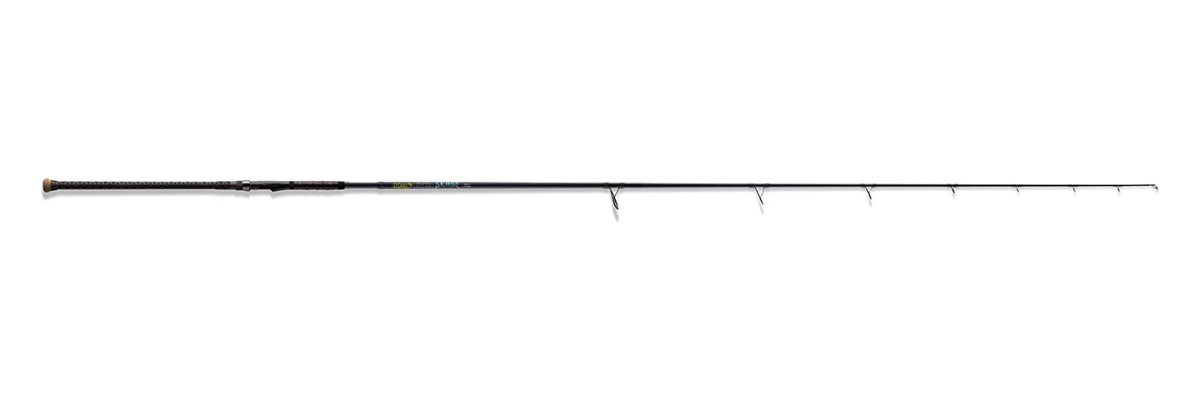
Rod Length
Fishing rods come in a variety of lengths, from short rods designed for casting small lures to long surfcasting rods that can reach out into the waves. The length of the rod you choose will largely depend on the type of fishing you plan to do. For example, if you're planning to fish in a small pond or stream, a shorter rod will be easier to maneuver.
On the other hand, if you're hoping to cast a line out into the open ocean, you'll need a longer rod to give you the distance you need. In general, though, most anglers find that a medium-length rod is the most versatile choice. With a medium-sized rod, you'll be able to fish in a variety of conditions and still have enough power to land large fish.
Rod Materials
Fishing rods are typically made from one of three materials: fiberglass, graphite, or composite. Fiberglass is the heaviest and most durable of the three materials, making it a good choice for beginners or those who fish in heavy cover. It is also the least expensive option. Graphite is lighter and more sensitive than fiberglass, making it a good choice for experienced anglers. Composite rods combine the durability of fiberglass with the sensitivity of graphite, making them a good all-around choice. When choosing a fishing rod, consider the type of fish you will be targeting and the type of water you will be fishing in. Then, select the material that best suits your needs.
Rod Action
When choosing a fishing rod, one of the most important factors to consider is the action. The action of a rod refers to how much bending or flexing occurs when pressure is applied to the tip. There are three main types of actions: fast, medium, and slow. Fast action rods bend mostly in the tip, while medium and slow action rods have a gradual bend that extends further down the length of the blank. Each type of action has its own advantages and disadvantages, so it's important to choose the right one for the type of fishing you'll be doing.
Fast-action rods are great for fish that strike quickly, such as bass and trout, but they can be more difficult to control when casting. Medium and slow action rods are better suited for more gentle fish, like striper, but they can also be used for larger fish that require more power to reel in. No matter what type of fishing you're planning on doing, there's a rod out there with the perfect action for you.
Rod Power
When choosing a fishing rod, one of the most important factors to consider is power. Fishing rods are classified by their power, which is based on the amount of weight they can comfortably handle. For example, a light power rod is designed for smaller fish, while a heavy power rod can handle larger fish. The type of fish you plan on catching will help determine the best power for your needs.
In general, lighter power rods are more versatile and can be used for a variety of different fish, while heavier power rods are better suited for larger fish. When in doubt, it's always best to err on the side of caution and choose a rod with more power than you think you'll need. That way, you'll be prepared for anything.
Fishing Rod Components
A fishing rod is composed of several different parts, each of which serves a specific purpose. The guides are small rings that are attached to the rod. They help to guide the line and keep it from tangling. The handle is the part of the rod that you hold onto when you are casting. It is typically made of foam or cork for a comfortable grip. The rod shape refers to the overall shape of the rod, which can vary depending on the type of fish you are trying to catch. For example, a spinning rod is typically shorter and more flexible than a baitcasting rod. By understanding the function of each component, you can choose the right fishing rod for your needs.
Guides

Line guides are an important part of any fishing rod, and there are a few things to keep in mind when choosing them. First, the material of the guide should be matched to the type of line being used. For example, braided lines work best with ceramic guides, while monofilament lines work best with stainless steel guides. Second, the size of the guide should be appropriate for the line being used. A larger guide is needed for heavier lines, while a smaller guide can be used for lighter lines.
Finally, the number of guides on a rod can vary depending on the type of fishing being done. Generally, spinning rods have fewer guides than casting rods, as the spinning action of the rod helps to keep the line in place. However, there are no hard and fast rules when it comes to choosing line guides, so it is ultimately up to the fisherman to decide what works best for their purposes.
Handle Material
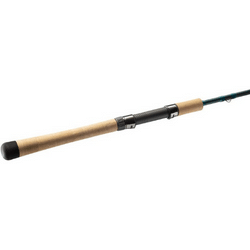
Most handles are made from cork or EVA foam and both have benefits. Cork is generally the most comfortable material and also more expensive. It transfers vibrations better allowing for a better feel on those small nibbles and retains heat from your hands better when fishing on a cold morning. It does dent and chip much easier, though, and is harder to clean. While foam handles perform slightly worse in the above situations, their main benefits are that they are cheaper, easier to maintain, and will last longer.
Spinning Rods vs. Casting Rods
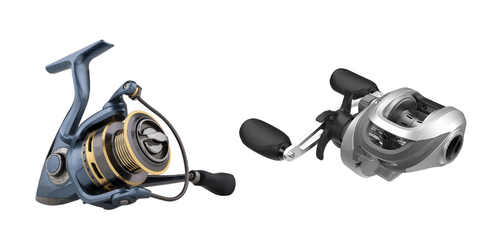
When it comes to fishing, there are two main types of rods: spinning and casting. Each type has its own advantages and disadvantages, so it's important to choose the right one for the job. Spinning rods are typically lighter and more versatile, making them a good choice for smaller fish. They're also easier to use, which makes them a good option for beginners. However, spinning rods can be harder to control in windy conditions and are more likely to tangle line.
Casting rods, on the other hand, are heavier and more powerful, making them better suited for larger fish. They're also more accurate, which is important when fishing in open water. However, casting rods can be difficult to use and require more practice to master. So, which type of rod is right for you? It depends on your skill level and what kind of fish you're hoping to catch.
What's The Writing On a Rod Mean?
We bet you've seen the writing on the rod near the handle.

For example: BSLR802UL Lure 1/32 – 1/4 oz Line 2-6 lb
What does it mean? In this case, the rod numbers indicate that it is a 8-foot, ultra-light, 2-piece rod. It is rated for a 2-6 lb line and works best with 1/32-1/4 ounce lures.
Choosing a Rod
Fishing rods and reels can be confusing to shop for, but with the right information, you can find the perfect one for your needs. In this article, we’ve discussed some of the most important factors to consider when purchasing a fishing rod and reel. We hope that this information has helped you make a decision about which setup is best for you. If you have any questions, don’t hesitate to check out our other articles on fishing rods and reels. Thanks for reading!
Related articles:
